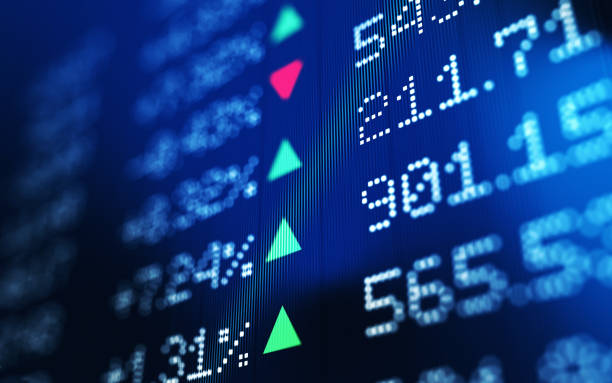
What’s fuelling the Sensex rally to record highs? What will keep it there?
Retail investor enthusiasm and robust economic indicators are driving the stock market really; inflation and COVID 3.0 could play spoilsport

The week has been a good one for the stock markets, with the benchmark Sensex of the Bombay Stock Exchange (BSE) crossing the 55,000 mark. The National Stock Exchange’ (NSE) benchmark Nifty has kept pace with a similar rise. What’s behind the frenzied rise, and how sustainable is the rally?
According to analysts, the meteoric rise is mostly fed by retail investor appetite as well as robust buying by mutual funds (MFs).
Key drivers of therally
An Indian Express report pointed to how retail ownership of NSE-listed entities has reached a record 7.18% in the June quarter of FY 2021-22. New investor accounts have also grown significantly over the past one-and-a-half years — a trend that’s largely attributed to work-from-employees dabbling in stocks, both experimentally and in a bid to boost earnings. The increased participation of retail investors in initial public offerings (IPOs) also attests this trend.
When retail investor interest is high, stocks tend to go up. In a chicken-and-egg situation, a bull market tends to enthuse retail investors to invest further in stocks.
Also read: As COVID turns devil, God’s Own Country strives to keep tourism afloat
The IE report also observed that equity MFs have been busy in the stock markets, too, thanks to new fund offers and a positive sentiment. In July, these funds saw inflows of ₹22,583.5 crore, nearly four times the ₹5,988.17 crore seen in June. This money, is turn, rushes into the stock markets.
Positive macroeconomic numbers
There are several factors feeding the positive sentiments in the market. After a dreadful second wave, COVID numbers have tapered. Though there is lingering anxiety over a third wave, there is also optimism that the healthcare infrastructure may be better prepared now. The vaccination numbers, though far from satisfactory, do offer some comfort.
The macroeconomic indicators also offer hope. Finance Minister Nirmala Sitharaman, at an interaction with business leaders, observed how all the numbers are pointing to a recovery. While we’ve not reached a stage yet where the Reserve Bank of India (RBI) can think of pulling back liquidity support, the green shoots in the economy are promising, she remarked.
Goods and service tax (GST) revenues increased to ₹1.16 lakh-crore last month. The combined output of eight core industrial sectors increased 8.9% in June, vis-à-vis June 2020.
The nation’s merchandise exports zoomed nearly 48% in July, as against July 2020, data revealed. Even against July 2019, the rise in exports last month stood at 34.06%, suggesting it has bettered pre-pandemic levels.
Also, for the June quarter, corporate earnings were quite robust, notwithstanding the second wave of the pandemic and the lockdowns it necessitated across the country.
“The Q1 FY22 earnings season has been in line, benefitting from the lower base of Q1 FY21, as lockdowns in Q1 FY22 were localised and less stringent against that of Q1 FY21,” brokerage firm Motilal Oswal Financial Services said in an investor note. “Nifty profits for the 31 companies that have posted their results have grown 70% year-on-year (YoY) against the expected 64% YoY growth.”
Going forward
Most analysts expect the bullishness in the stock markets to continue for a while, albeit with some correction. There are, however, certain concerns.
One is inflation. India’s inflation has been above the RBI’s tolerance band of 6% for the last two months, said a Reuters report. The central bank therefore raised its inflation forecast while holding key rates at record lows earlier this month.
Central banks typically bring down liquidity support when inflation spirals. Despite the Finance Minister’s reassurance, if the RBI does, at some point, take such a measure, it may have a negative impact on the stock markets.
There is also the imminent danger of a third wave of COVID, whose intensity cannot be ascertained at this point. If it turns out to be as deadly as the previous one, and the healthcare infra is still inadequate, it may lead to bearish trends in the stock markets.


